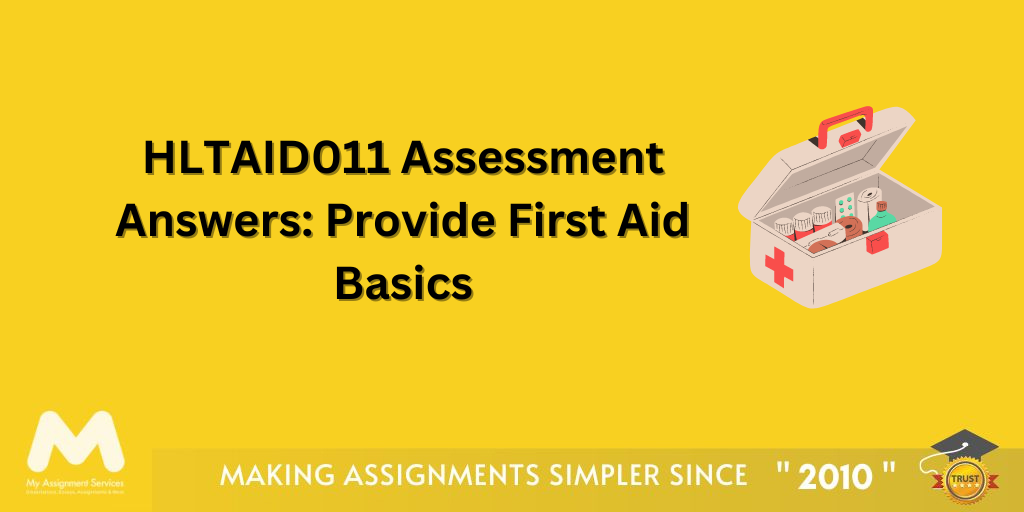
This case study is most common in the unit SNPG923 at the University of Wollongong. And a number of students get stuck with their case study assignment when it comes to critical analysis of the cases by Professional Standards Committee (PSC).
Now, as I understand, there were a couple of case studies that you must have got. Some might involve the case of 2 registered nurses and death of an infant. Others might have got the one where one patient killed his roommate.
The point is that irrespective of the case, there are a couple of things that are common and I am going to explore that. For the ease of understanding, let us stick to the one with the death of infant.
Recognise this case study?

The case here is that 2 registered nurses were on duty. A 6 month old baby was brought in and the nurses diagnosed gastroenteritis. Later, it was found to be bowel obstruction and the infant died while being transferred.
The complaint said that the nurses did not manage and communicate paediatrician changes and response of the patient. It was also alleged that the nurses did not maintain proper records of observation.
It was concluded that the nurses did not display satisfactory professional conduct. The paediatrician was also charged. The hearing found that the nurses did not have knowledge, skill, judgement or care that is expected in nursing.
What do you have to do?
The task is simple. All you have to do is write 2500 words critically analysing the case study.
How do you have to do that? You need to refer to the legal and professional issues raised in the case study.
How would I answer it?
The first thing I would have done is to refer to the Nursing and Midwifery Board of Australia. There is an ocean of resources with them. For the ease of understanding, let us call the Nursing and Midwifery Board of Australia as NMBA. Cool? So, NMBA has various standards, codes and guidelines that are essential for nursing practice.
Also, we know that the practice of a registered nurse is evidence based and is person centric. The elements of care and support should not be hampered. If you see the case study again, you will see that these components were disturbed in the case mentioned.
Introduction
I would begin the introduction by mentioning the case and summarising it in few words. This will give a brief idea to the readers what case is being addressed. Afterwards, I would write a brief of what I am going to do. This would include what I am going to achieve by the time I am done with this critical analysis.
Discussion
The first part of any case report is to analyse the findings. Since the case was handled by Professional Standards Committee, I would take myself to the archives of PSC.
I will explain the findings of the case in a brief manner. Not too brief either. The key findings of the case will be brought out one by one and in pointers. Remember, do not try to take deep diving. These are shallow waters and that is how you have to treat this part.
Professional Issues
Now is the part upon which the entire question is based. Now you can ready your oxygen cylinders because we going to hit the seabed.
The first thing to analyse here will be the breach of the standards as set by the NMBA. You all know that there are 7 standards that the NMBA has set for every registered nurse, right? Analyse them and see how the nurses breached them.
The next stop is the code of ethics. Here you need to read the code of ethics published by the NMBA. The NMBA identifies ethical standards which the nurses must abide by. After analysis, you will find several codes that were breached. For that, you need to properly read the code of ethics for the registered nurse.
Some researchers have prepared what is known as four principles for complete and adequate healthcare to a patient. Look for them and refer to where did the nurses lack.
Legal Issues
The course is professional and legal issues, isn’t it? Then how could we forget this part?
To answer this part, you have to study the rules and regulations set by the NMBA. There you will discover the four legal elements that decide malpractice. There are some laws as well that you can refer to prepare your arguments. They are Nurse Act (NSW) 1991, Mental Health Act, etc.
Points to remember
If you want, you can include a small section of what should be registered nurses remember while giving care to a patient. These points can be used to minimise the risk of malpractice.
Conclusion
I don’t think I need to tell you how to conclude, do I? Still, if you need any help, reach me here.
Or you can get a full solution in your mailbox!
Yes. All you have to do is send the expert team of My Assignment Services your assignment details with the query and I will send you a complete solution for the assignment. True that. So, what are you waiting for?
Related Study Materials
Our Experts can answer your Assignment questions instantly.
Ask Question0 Comment
Get It Done! Today
1,212,718Orders
4.9/5Rating
5,063Experts













Loved reading this Blog? Share your valuable thoughts in the comment section.
Add comment